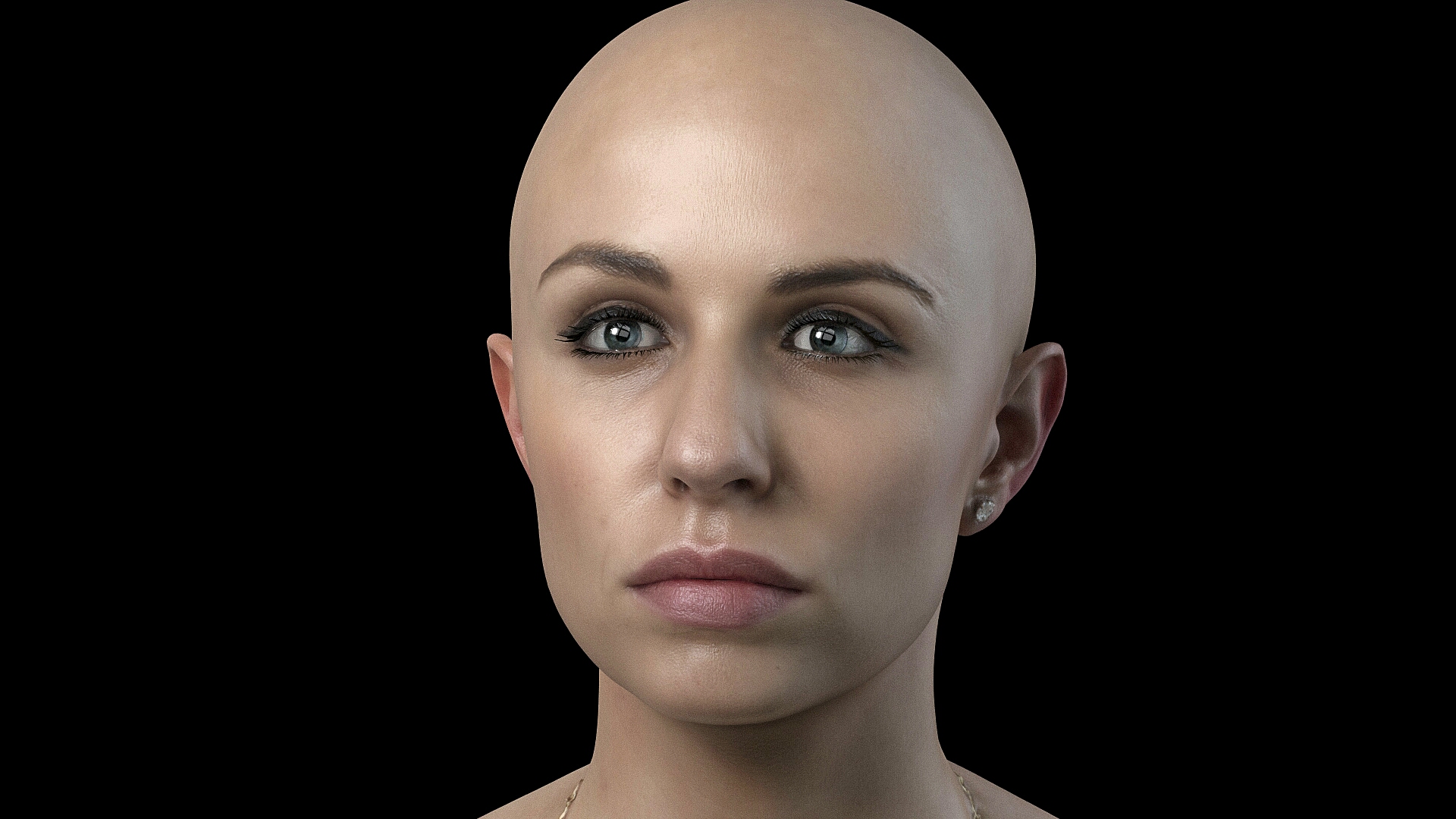
Digital Skin for Digital Doubles
Digital Double Skin
What is captured during the 3d scanning session is a state of a person at a point in time, their wrapper, their digital skin.
That initial state gets broken down into different effect dimensions, depending on the complexity of the requested output. To cover some ground here, let me introduce you to the list: Geometry: Topology; Shaders: SSS; Textures: Albeido, Reflectance, Normal, Displacement, Micro-detail, Bloodflow, Wrinkle; Heads: Facial Effects; Body Effects; Skin Deformers: Skeleton, Bones, Muscle, BlendShape Targets, Corrective Blends, Sticky lips, Soggy Bottoms; Hair: Hair Grooms, Peach Fuzz, Stubble; Cloth: Cloth Dynamics; and other Creature FX.
Out of the ones listed above, a digital sculptor should only be interested in some of the initial effect dimensions for now. They are digital Skin Geometry; Skin Colour, Oiliness; and Default Personality.
...
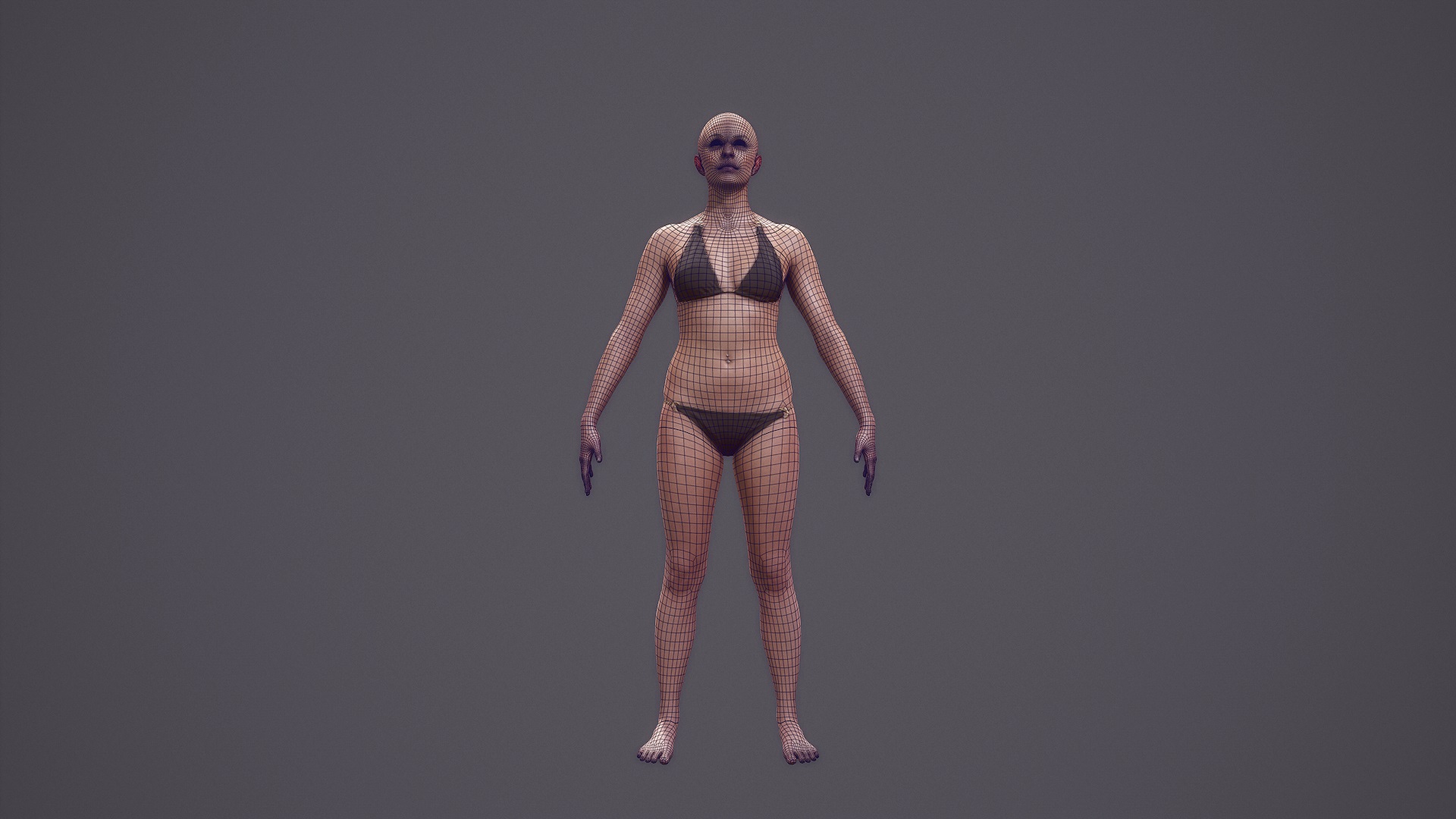
Skin Geometry
The person's skin geometry is derived from the 3d capture volume and in the 3D Scan Cleanup stage, most often, gets optimised.
Initially, this is done by the photogrammetry software(Agisoft Photoscan) to reduce the polygon count in areas which don't require detail, and then with an artist's input, which does take a few days sometimes depending on the complexity of a 3d scan.
Read our humanoid Topology article about our state of the art approach.
...
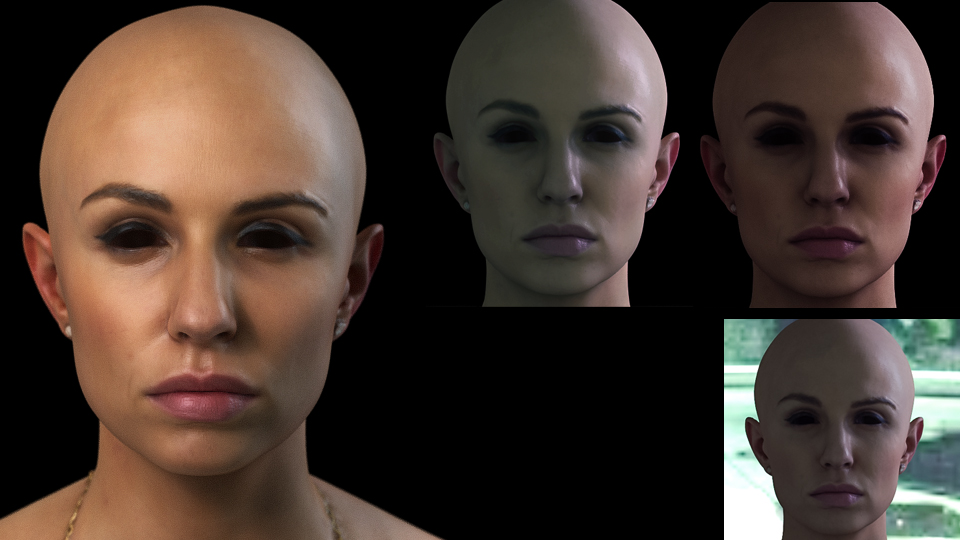
Skin Color
The person's neutral skin color and shading is another effect which is captured with photogrammetry.
Due to a multitude of different glancing angles and filters which can be utilised during the capture process, the possibilities are endless.
The more layers of skin colour VFX and Game studios can work with, the more realistic is the final result!
...
Digital Personality
The most important and the least talked about in the technical circles is the personality of the person being captured. It is the default pose, the look, the facial asymmetry, the shoulder slant and the eye squint.
This is the ground truth around which the skin effect probability space is formed and against which limits of each effect dimension is determined: from how far an arm can possibly extend to how red a face can realistically get, all without breaking the character's bounds.
A thing to remember, is that we, as Capture Technicians and Artists try to 3D Capture a state at a point in time, after which 3D Artists break down this one single state into different dimensions or effect layers and try to simulate and predict situations when this one static object becomes dynamic and comes to life!
...
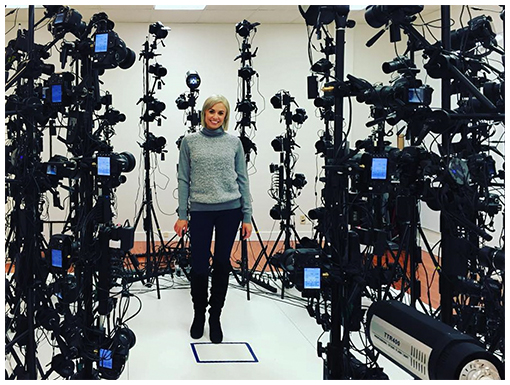
If you have any wishes, suggestions or feel this article could be improved, please, do not hesitate to leave us your comments in the section below.
Best Regards,
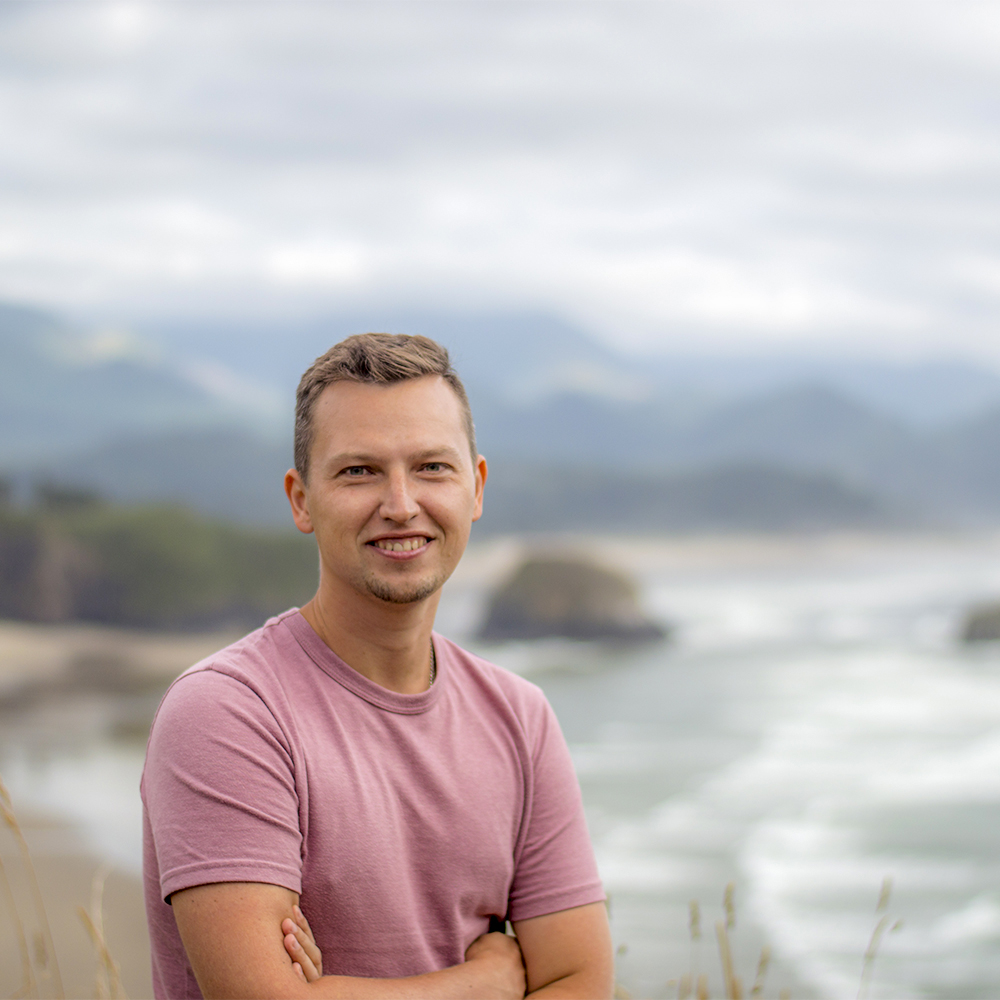
Ruslan Vasylev
Founder
Professional 3D Modeler with 17 years of combined VFX and Games experience, managing Vancouver-based 3D Scanning Studio,
Servicing Visual Effects for Film, Television, Games and Virtual Reality production studios.